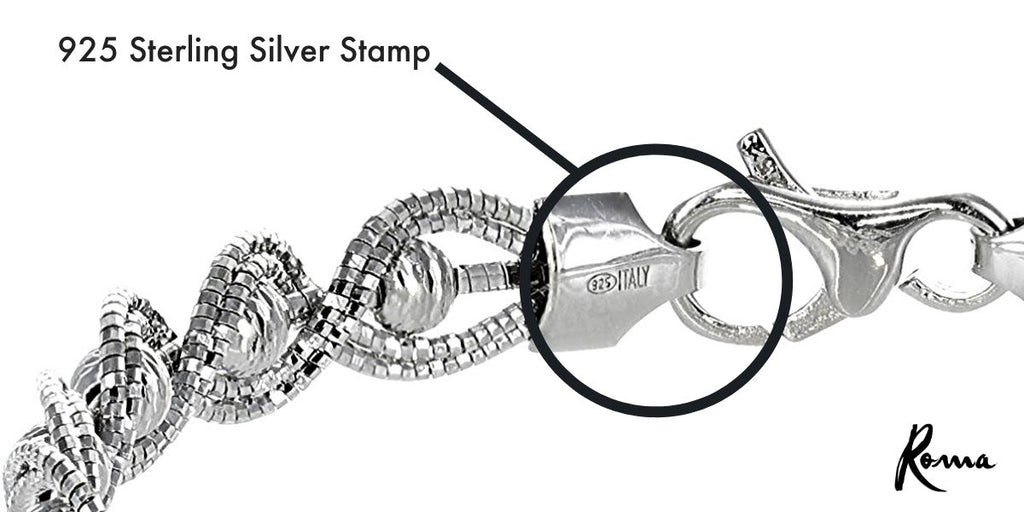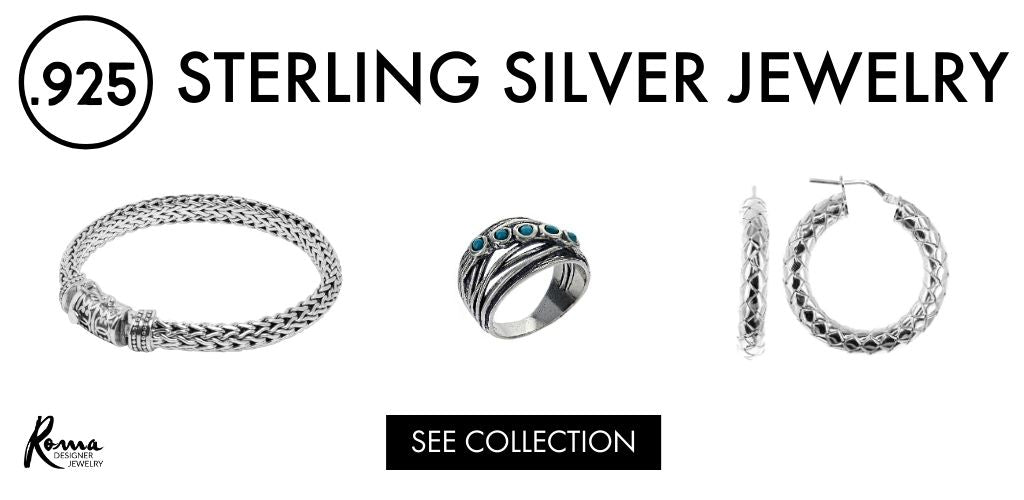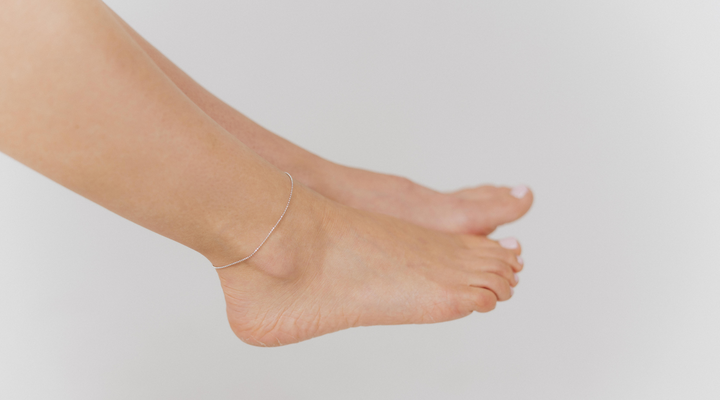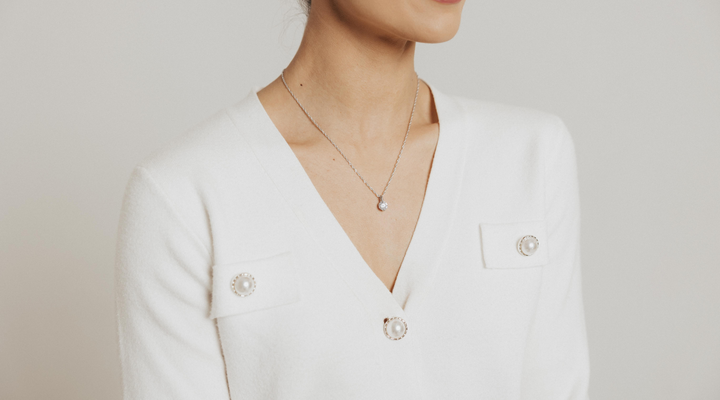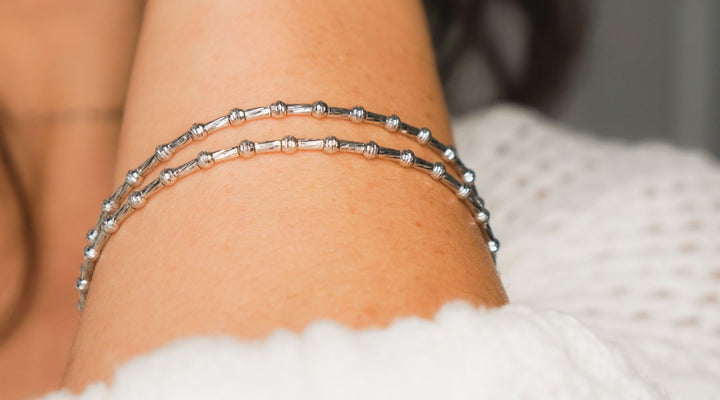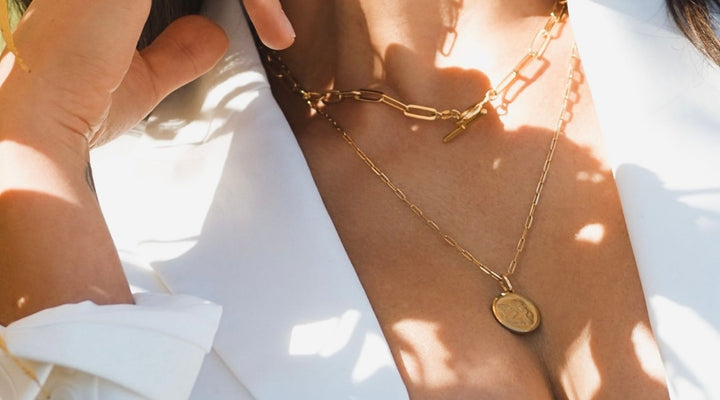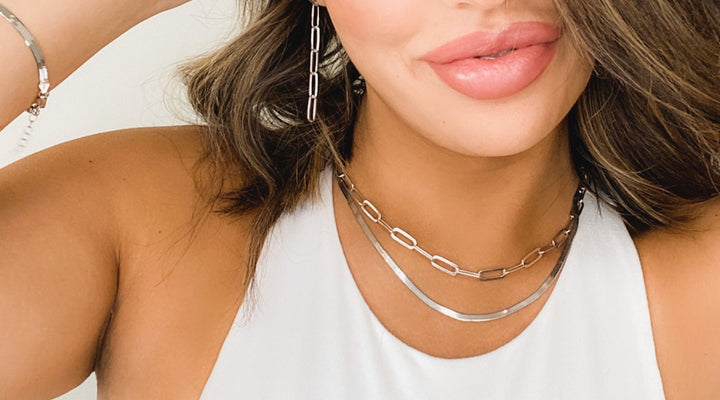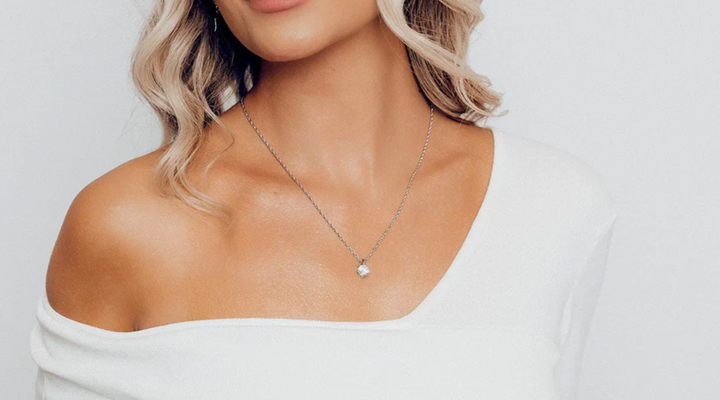What Is .925 Sterling Silver and How Do You Recognize It?
Posted by Deven Davis on
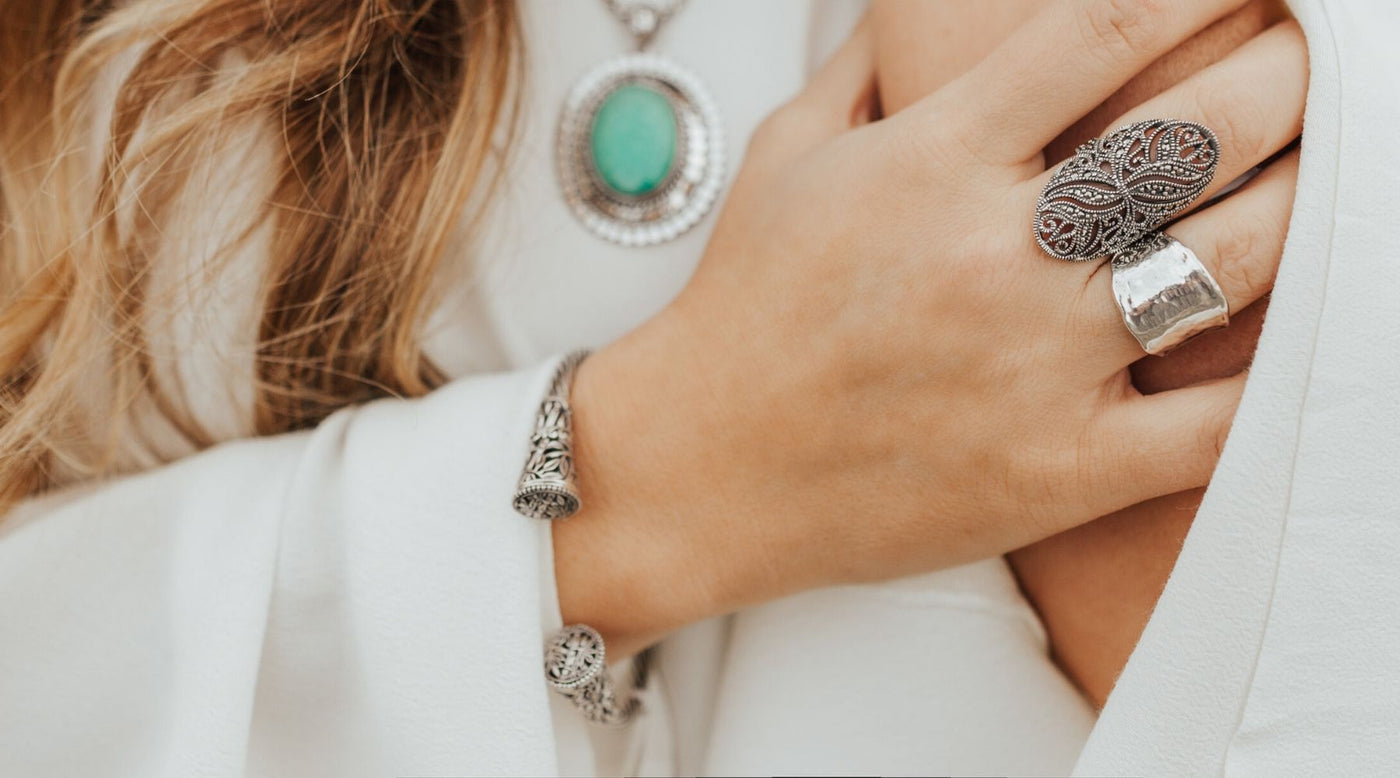
What Is .925 Sterling Silver and How Do You Recognize It?
How To Find The Best Sterling Silver Rings and High-Quality 925 Sterling Silver Jewelry.
Keyword(s): .925 sterling silver
Don’t Let Them Fool You
Unfortunately, a lot of retailers take advantage of a lack of consumer knowledge when it comes to the cost and quality of silver. In order to avoid being duped, you need to learn the warning signs to look out for.
Are you looking for a new sterling silver chain, bracelet, or set of earrings?
When you're shopping for pieces like these, you need to consider more than just the style. You need to make sure they're genuine, too.
This is because many sellers attempt to pass off silver-plated jewelry as sterling silver. In order to avoid being duped, you need to learn the warning signs to look out for.
This is especially important if you're allergic to nickel as fake jewelry can cause you to break out in a rash.
How to Check That Jewelry Is Genuine .925 Sterling Silver
Let’s say you pick up a .925 sterling silver bracelet. If it’s the real thing, all genuine sterling silver jewelry will have the .925 sterling silver stamp.
Real sterling silver is also prone to tarnishing. This is because of the copper the silver is mixed with to keep it hard and durable. The copper reacts to oxygen, moisture, and sulfur in the air. That's why you need to regularly clean real silver to keep it looking shiny and new.
If you see any signs of tarnishing when shopping for jewelry, it's not necessarily a bad thing. In fact, when it comes to sterling silver, it's a sign that it's real. Look out for dull patches or small black marks on any piece before you buy it.
Sterling silver rings that are real are especially prone to tarnishing on the inside where they may have come into contact with skin. Try polishing your silver with a soft white polishing cloth or dipping it into a jewelry cleaning solution. After that, it's as good as new.
Imagine you’re shopping for some antique sterling silver rings. After you've checked each ring for tarnishing, you can do one quick and easy test. Take out a soft white cloth and rub it onto the tarnished area of the piece. If it's genuine, you should see some black marks left on the cloth afterward. If it comes away spotless, the jewelry is either extremely clean, or it's not .925 sterling silver.
Try Magnets
Magnets have little to no effect on genuine sterling silver. This means that if you have one handy, you can use it to perform a very simple test. If you find that your magnet creates a strong attraction to the jewelry you're testing, walk away. This is a clear indication that it's fake. You can use this test to identify real gold, too.
Look at the Markings
The first way most people identify sterling silver is by looking for markings. Sterling silver jewelry is always stamped with a marking to indicate the percentage of silver it contains. Usually, this appears as 925, .925, or 92.5. In the U.S., anything less than 92.5% is not considered sterling silver. However, this isn't the case in some other parts of the world.
Jewelry with lower purity is not considered sterling silver by U.S. and U.K. standards. However, for example, in Germany, sterling silver can be 83.5%, and in Lebanon, it can be as low as 70%. A batch of sterling silver rings from Germany might be sold for the same prices as U.S. domestic ones, so it pays to buy from the right retailer.
The general threshold of 92.5% is becoming a worldwide standard, but since official standards still differ in various countries, it's possible for some jewelry to be marketed as sterling silver while being below that percentage. That's why markings aren't always reliable. They don't tell you the entire story. Use them as a starting point, but conduct some of the other tests on this list, too. Or better still, only buy from reliable retailers like us who adhere to U.S. and U.K. standards.
When reputable retailers sell items that are a mix of materials such as our koa wood rings, we’ll always list the materials and provide certification if any parts are true .925 sterling silver. In our case, our koa wood rings are high-grade tungsten and koa wood so we list that clearly. We would never pretend they were silver. Choose a retailer who is clear about their materials and their sources.
Listen to the Sound
You can also test sterling silver rings by listening to the sound the metal makes. If you gently tap it, either with your finger or a coin, it should produce a high-pitched ringing sound similar to that of a bell. When conducting this test, it's important to take great care not to damage the item.
How Does It Smell?
This may sound like a strange way to test your jewelry, but it works. Real sterling silver rings, bracelets, and necklaces shouldn't have any odor at all. Simply give them a sniff. If you get a strong or distinct smell, it likely has a high concentration of copper or some other alloy.
Check the Price
Lastly, you should consider the price of a piece of jewelry before buying it. That's a dead giveaway. Real sterling silver doesn't come cheap. You get what you pay for, and if it seems too good to be true, it probably is. Steer clear of cheap, knock-off jewelry and buy from a reliable retailer at a price that makes sense.
Purchase Your Next Beautiful Piece
Follow these guidelines, and you won't be fooled into buying anything less than .925 sterling silver bracelet. Now that you know what you're looking for, you're ready to go shopping. Check out our amazing real sterling silver collection.
SHOP 925 STERLING SILVER JEWELRY

